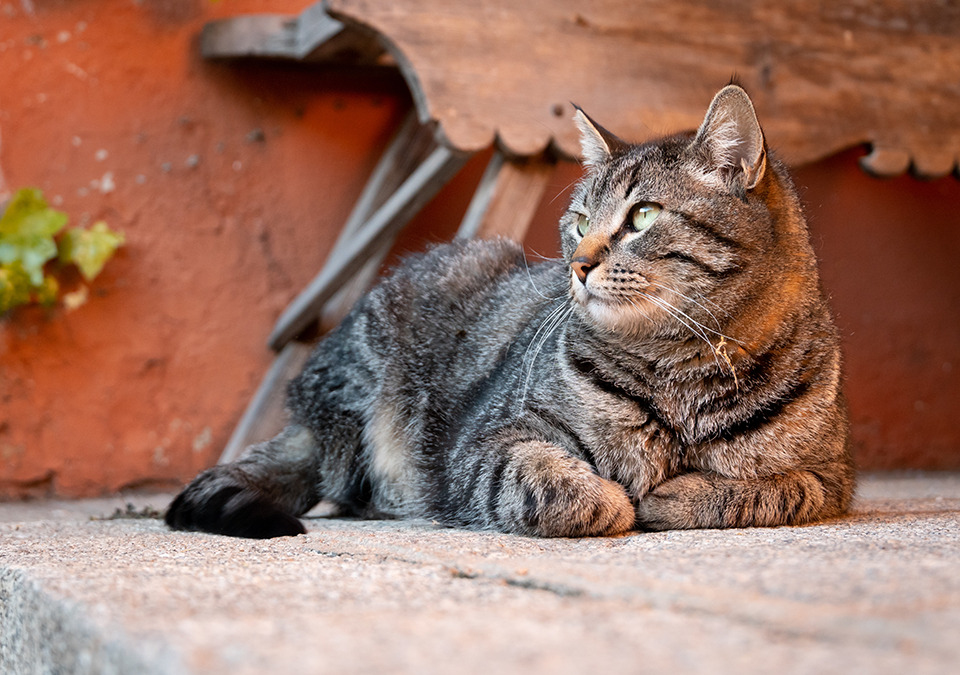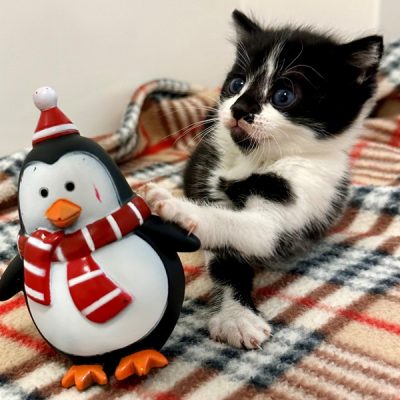Oak Tree Animals’ Cat Campaign

Oak Tree Animals’ Cat Campaign
Oak Tree Animals’ Charity, announces the launch of its Stray Cat Campaign aimed at addressing the common concerns and questions surrounding stray and community feline populations.
Helen Cuppello, Community Engagement Officer, explained;
“I’ve found a stray cat, what do I do?” is one of the most frequently asked questions here at Oak Tree, so we are hoping over the next month we can highlight this topic and share our advice and support to help answer this question.
By shedding light on key topics such as stray cat identification, responsible care, and legal obligations, we hope to foster a more compassionate and educated approach towards feline populations.”
The campaign kicks off with an emphasis on understanding the different types of stray cats, ranging from feral to abandoned pets, and provides guidance on identifying and assessing their needs.
Oak Tree emphasizes the importance of accurate identification to ensure appropriate care and support for each cat encountered.
“Cats naturally roam up to 2km and will visit any property where they can obtain food. Bringing a cat into Oak Tree’s care who is not genuinely a stray takes up a space which an actual stray or at-risk cat could have used. It also puts the welfare of the cat concerned at risk too, from stress, risk of contracting a contagious illness, or from missing medication if it is on treatment.”
The Oak Tree Community Team often deal with community, farm and street cats (often referred to as ‘feral’) via their Trap, Neuter Return (TNR) scheme. True feral cats are free-living, as single or colony cats, and do not always depend on, or interact with people, and are very rarely seen. Cats that have been neutered through a TNR scheme are easily identifiable as they have the tip of their ear painlessly removed by a vet to avoid any unnecessary trapping in the future.
“If the cat has been ear tipped, leave it be. If the top of the cat’s left ear has not been removed the cat may be part of a feral colony and it will need to be neutered. Please contact Oak Tree about our Trap, Neuter and Return programme.”
Furthermore, the campaign highlights the significance of microchipping as a vital tool for reuniting lost pets with their owners and the importance of ensuring the microchip details are correctly registered. With new legislation coming in to force on 10th June 2024 requiring microchipping for all owned cats, Oak Tree emphasizes the need for owners to comply with these regulations to safeguard their pets and avoid potential fines.
“We believe that education is key to creating a safer and more supportive environment for stray cats,” added Helen.
“By raising awareness and providing practical guidance, we aim to foster a community where every cat, whether stray or owned, receives the care and respect it deserves”
Throughout the campaign, Oak Tree encourages community members to download their comprehensive guide to stray cats, engage with social media posts for valuable tips, and reach out for support and assistance when needed.
For more information about Oak Tree’s Stray Cat Campaign and to access resources, visit:
www.oaktreeanimals.org.uk/homing/found-an-animal/cats
To learn more about what’s happening follow Cumbria Guide on our social media
Share It:















